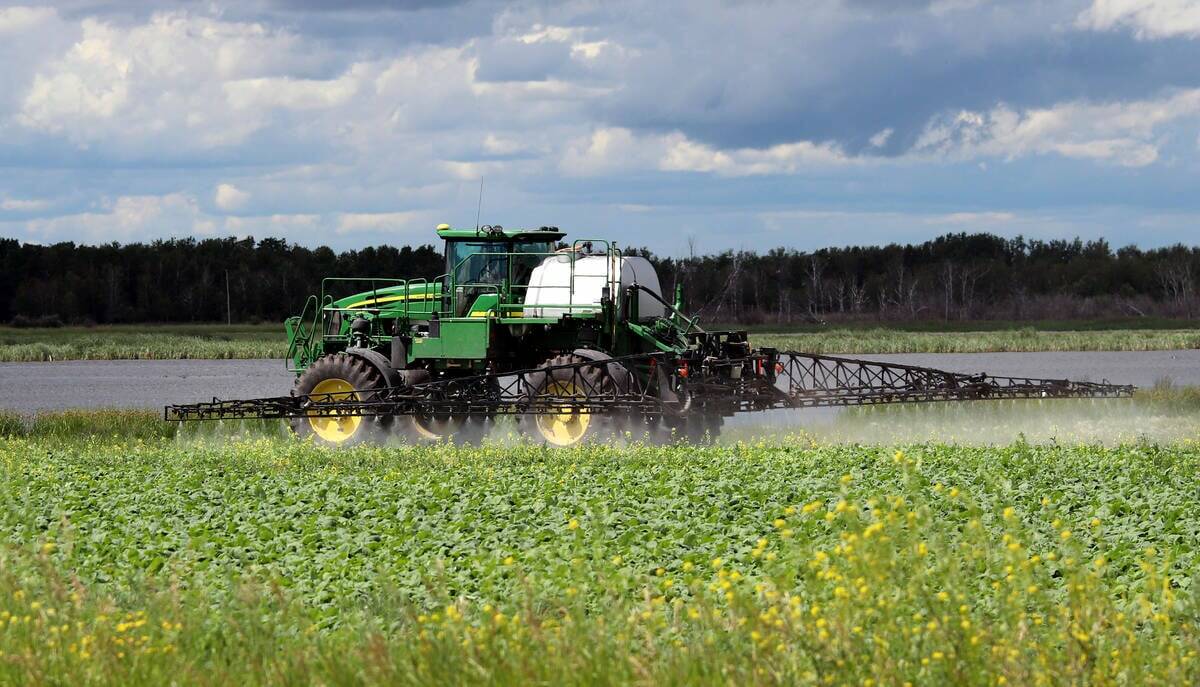Ontario’s 2022 winter wheat crop has surpassed expectations. Though wet conditions caused a significant drop in the number of acres planted last fall and some areas had challenging growing conditions, this year’s crop yield is average and quality is impressive.
“Initial results from our annual wheat harvest survey indicate very good overall quality, with over 99 per cent of samples grading at a No. 2 or above,” says Dana Dickerson, manager of market development at Grain Farmers of Ontario (GFO).
Why it matters: Yield and quality of winter wheat are important market development considerations for domestic and international buyers such as millers.
Read Also

Smart fertility planning key to soybean yields
Understanding how to tailor fertilizer plans to specific field conditions will be critical for a successful 2026 soybean crop.
The survey, which collects 350 samples from elevators across the province, indicates strong test weights and good moisture, protein and falling numbers in both soft red winter and soft white winter wheat.
Hot, dry and sunny weather during flowering contributed to the high quality. Strong wheat prices may have motivated producers to invest more in managing the crop, says Jonathan Zettler of Fieldwalker Agronomy.
Sophie Krolikowski, cereals specialist with the Ontario Ministry of Agriculture, Food and Rural Affairs (OMAFRA), reports that insect pressure remained low throughout most of the province.
Yields in southwestern Ontario were near to below average but spring conditions in the north and east of southern Ontario’s growing region led to above average yields, according to GFO. It says 90 to 110 bushel per acre yields were common but ranged in the low 70s on sandy soil.
Zettler says most producers in Huron, Perth, Bruce, Grey and Wellington counties experienced yields at the top end of their five-year averages.
“Cooler nights in June and a longer grain fill period contributed to an average or above average yield in general,” Krolikowski says.
According to Statistics Canada, 930,300 acres of winter wheat were planted in Ontario last fall and 844,000 acres were remaining this spring. In comparison, 1.08 million acres of winter wheat were harvested in the province in 2021.
Once wheat harvest is complete in northern Ontario and all samples are collected, regional and class-specific composites will be formed at the Grains Analytical Testing Lab in Guelph. The composites will be milled and further tested to assess milling and baking quality. Results will be presented to domestic millers and international customers this fall.
“Though supply may be somewhat tighter for exports outside of North America this year, we feel it’s important to connect with our export customers and further these long-term relationships,” says Dickerson.
“We’re optimistic that this year’s smaller crop is an anomaly and we will continue the production trajectory we’ve been on over the past few years of producing one million or more acres and growing export markets.”












